How to Organize Your Home for Maximum Efficiency
If you’re constantly feeling stressed out and overwhelmed by the clutter in your home, it’s time to take action and get organized. Not only will an organized home make you feel more calm and in control, but it will also increase your productivity and save you time in the long run.
The key to organizing your home for maximum efficiency is to create a system that works for you and your lifestyle. This may require some trial and error, but once you find a system that works, you’ll wonder how you ever lived without it.
Step 1: Declutter
The first step in organizing your home is to declutter. Go through each room and get rid of anything that you don’t need or use on a regular basis. This will not only free up space, but it will also make it easier to keep your home organized in the future.
Step 2: Create a Plan
Once you’ve decluttered, it’s time to create a plan for organizing your home. This may include creating a cleaning schedule, setting up storage systems, and labeling everything so that you can easily find what you need.
Step 3: Implement Your Plan
Now that you have a plan in place, it’s time to put it into action. Start by tackling one room at a time, and be sure to enlist the help of family members if needed. Remember, organizing your home is an ongoing process, so be patient and stay committed to your plan.
By following these steps, you’ll be well on your way to creating a more organized and efficient home. So what are you waiting for? Start decluttering and organizing today!

Assess Your Space
Before diving into organizing your home, you need to assess your space. This means taking inventory of your belongings, considering your lifestyle, and identifying problem areas.
Take Inventory of Your Belongings
Start by going through each room and taking inventory of your belongings. Determine what you want to keep, donate, or throw away. This process will help you declutter your home and create more space.
Make a list of the items you want to keep and find a designated place for them in your home. This will help you stay organized and prevent clutter from building up again.
Consider Your Lifestyle
When assessing your space, it’s essential to consider your lifestyle. Think about how you use each room and what you need to make it functional for your daily routine.
For example, if you work from home, you might need a designated workspace. If you have kids, you might need a play area. Consider your hobbies and interests and make sure you have space for them.
Identify Problem Areas
Identifying problem areas is crucial for organizing your home. These are the areas that tend to collect clutter and cause stress. Common problem areas include the entryway, kitchen counters, and bathroom countertops.
Once you’ve identified your problem areas, find solutions to keep them organized. This might include adding storage solutions, creating a daily cleaning routine, or decluttering regularly.
| Tip: | Use baskets and bins to keep your belongings organized and easily accessible. |
|---|
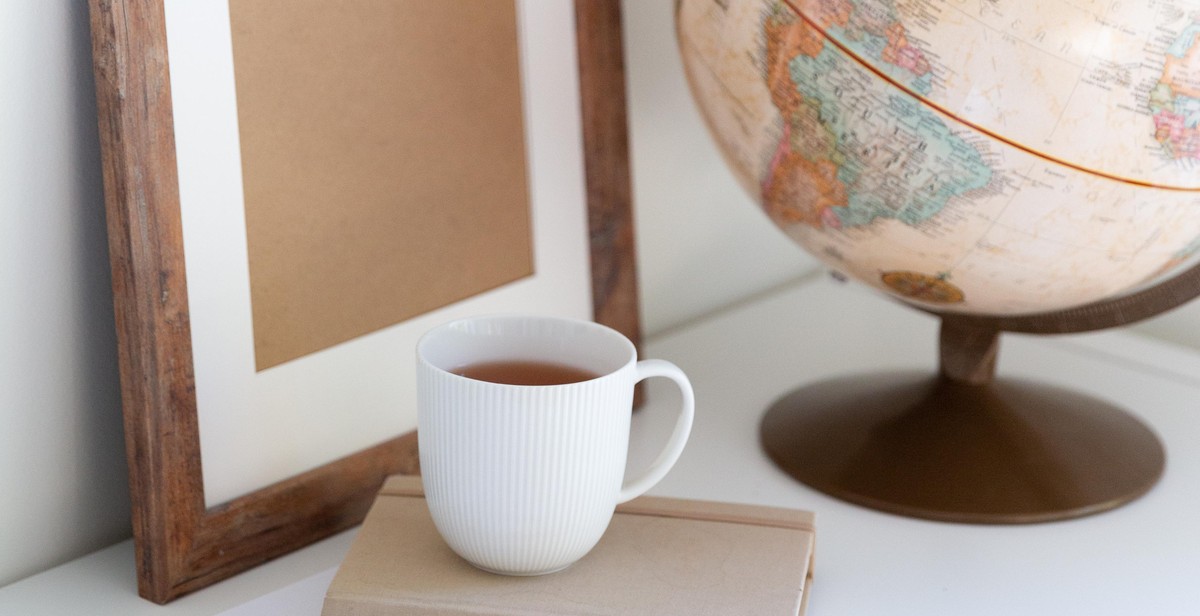
Create a Plan
Before you start organizing your home, it is essential to create a plan to ensure maximum efficiency. A plan will help you stay focused and motivated throughout the process. Here are three important steps to consider when creating a plan:
Establish Goals
The first step in creating a plan is to establish your goals. What do you want to achieve by organizing your home? Do you want to create more space, improve functionality, or simply declutter? Whatever your goals may be, be sure to write them down and keep them in mind as you move forward.
Determine a Timeline
Once you have established your goals, the next step is to determine a timeline. How long do you want the organizing process to take? Setting a timeline will help you stay on track and ensure that you complete the project within a reasonable amount of time.
Set a Budget
Finally, it is important to set a budget for your organizing project. Determine how much money you are willing to spend on storage solutions, containers, and other organizational tools. Setting a budget will help you avoid overspending and keep your project affordable.
- Establish your goals
- Determine a timeline
- Set a budget
By following these three important steps, you can create a plan that will help you organize your home efficiently and effectively.
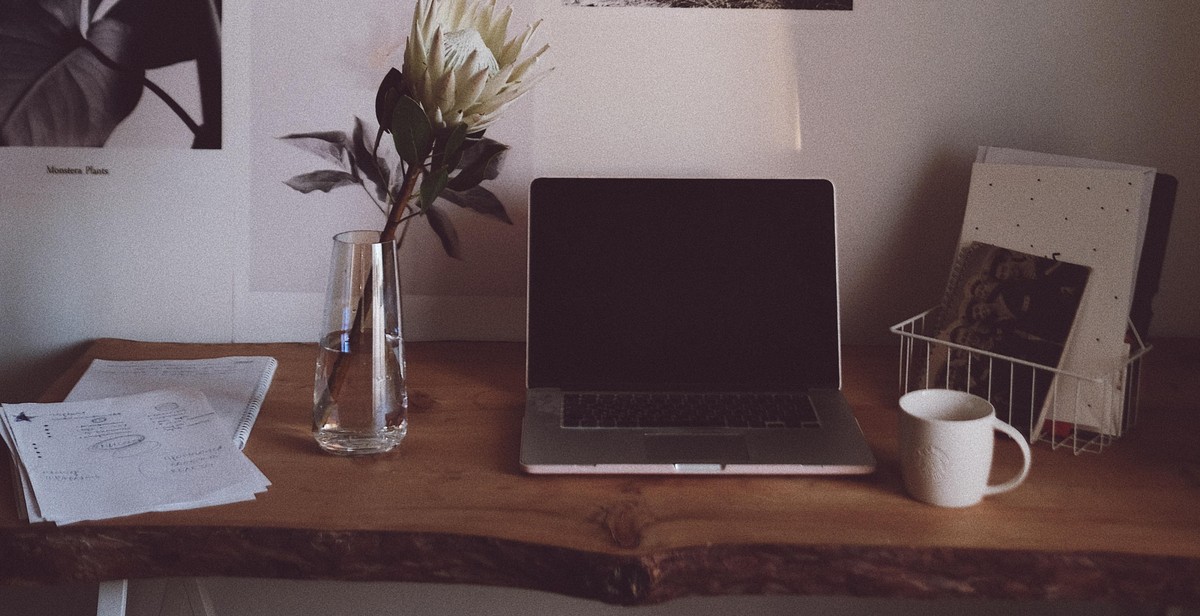
Declutter and Purge
Before you can organize your home for maximum efficiency, you need to declutter and purge. This process involves sorting through your belongings, disposing of unnecessary items, and donating or selling gently used items.
Sort Your Belongings
The first step in decluttering and purging is to sort through your belongings. This involves going through each room in your home and separating your items into three categories: keep, donate/sell, and dispose.
As you sort through your belongings, be honest with yourself about what you really need. Ask yourself if you have used an item in the past year or if it brings you joy. If the answer is no, it’s time to let it go.
Dispose of Unnecessary Items
Once you have sorted through your belongings, it’s time to dispose of the unnecessary items. This includes items that are broken, expired, or no longer serve a purpose. You can dispose of these items by recycling, donating, or throwing them away.
Be sure to dispose of items responsibly. Check with your local recycling center or waste management facility to see what items they accept and how to properly dispose of them.
Donate or Sell Gently Used Items
After you have disposed of the unnecessary items, it’s time to donate or sell gently used items. This includes items that are still in good condition but no longer serve a purpose for you. You can donate these items to a local charity or sell them online or in a yard sale.
Remember, one person’s trash is another person’s treasure. Your gently used items could be just what someone else is looking for.
| Tip: | Consider using the KonMari method when sorting through your belongings. This method involves asking yourself if an item sparks joy and only keeping items that do. |
|---|
Decluttering and purging can be a daunting task, but it’s an essential step in organizing your home for maximum efficiency. By sorting through your belongings, disposing of unnecessary items, and donating or selling gently used items, you’ll create a more organized and functional living space.
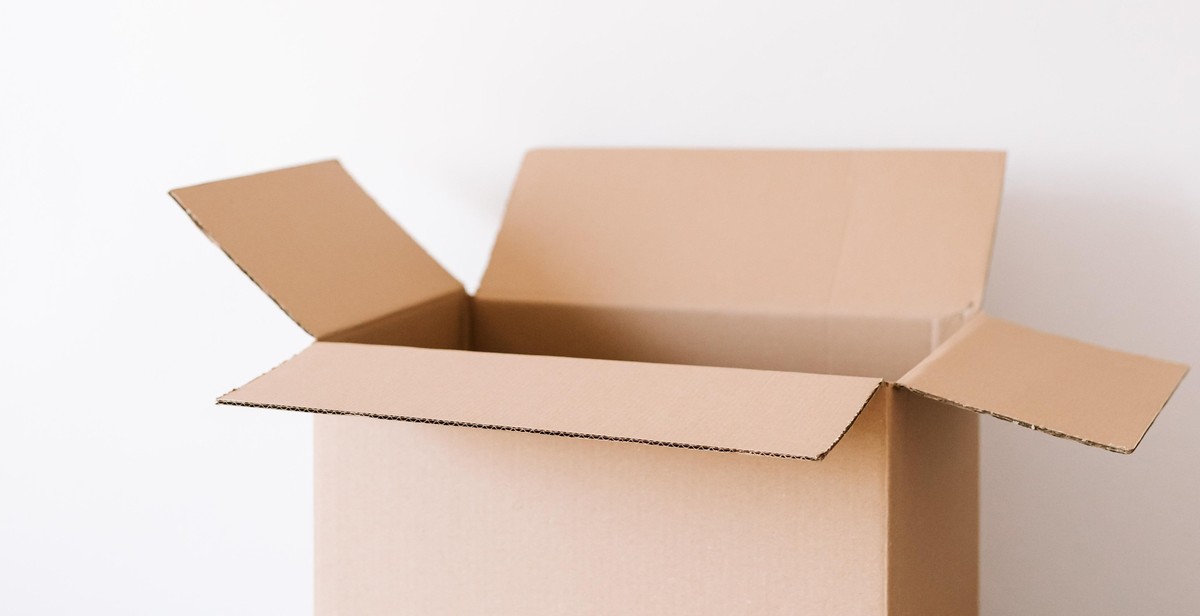
Maximize Your Storage
One of the key elements in organizing your home for maximum efficiency is to invest in storage solutions. Having a designated place for all your belongings not only makes it easier to find what you need, but it also helps to keep your home clutter-free. Here are some storage solutions to consider:
Utilize Vertical Space
Don’t overlook the potential of your walls and ceilings for storage. Install shelves or cabinets to store items such as books, decorative items or kitchen supplies. Hanging organizers can also be used to store accessories, jewelry or even shoes.
Label Everything
Labeling is a great way to keep everything organized and easy to find. Invest in label makers or simply use sticky notes and markers to label containers, drawers, and shelves. This will not only save you time when you’re searching for something, but it will also help you maintain a tidy home.
Invest in Storage Solutions
Storage solutions come in all shapes and sizes, so it’s important to choose ones that fit your needs and lifestyle. Consider investing in storage ottomans or benches for extra seating and storage in your living room. Under-the-bed storage containers can also be used to store out-of-season clothing or extra bedding.
| Storage Solution | Benefits |
|---|---|
| Shelves and Cabinets | Maximize vertical space and provide easy access to items. |
| Hanging Organizers | Utilize unused space and keep accessories organized. |
| Label Makers | Keep everything organized and easy to find. |
| Storage Ottomans and Benches | Provide extra seating and storage in living areas. |
| Under-the-Bed Storage Containers | Store out-of-season clothing or extra bedding. |
By incorporating these storage solutions into your home, you can create a more organized and efficient living space. Remember to regularly declutter and reorganize to maintain a tidy home.
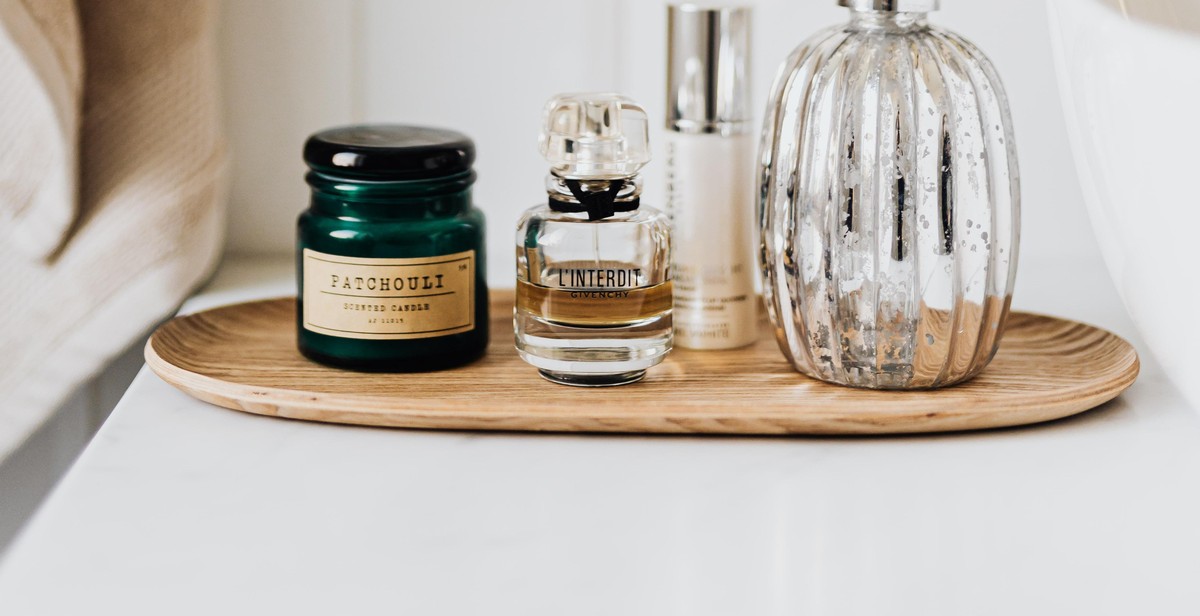
Streamline Your Daily Routine
Creating a system for regular tasks can help streamline your daily routine and increase efficiency. By establishing a cleaning schedule and assigning household chores, you can save time and reduce stress.
Create a System for Regular Tasks
To create a system for regular tasks, start by making a list of all the tasks that need to be done on a daily or weekly basis. Then, prioritize the tasks based on their importance and frequency. Next, assign specific times for each task and create a schedule that works for you and your family. You can use a planner or an app to keep track of your schedule and stay on top of your tasks.
Establish a Cleaning Schedule
Establishing a cleaning schedule can help you keep your home clean and organized. Start by breaking down your cleaning tasks into daily, weekly, and monthly tasks. For example, you can vacuum and dust daily, clean the bathrooms weekly, and deep clean the kitchen monthly. Then, assign specific days and times for each task and create a cleaning schedule that works for you.
Assign Household Chores
Assigning household chores can help distribute the workload and ensure that everyone in the family contributes to maintaining the home. Make a list of all the chores that need to be done on a daily or weekly basis, and assign specific chores to each family member based on their age and abilities. You can use a chore chart or an app to keep track of who is responsible for each chore and ensure that everyone is doing their part.
| Benefits of Streamlining Your Daily Routine |
|---|
| 1. Saves time and reduces stress |
| 2. Increases productivity and efficiency |
| 3. Improves overall organization and cleanliness |
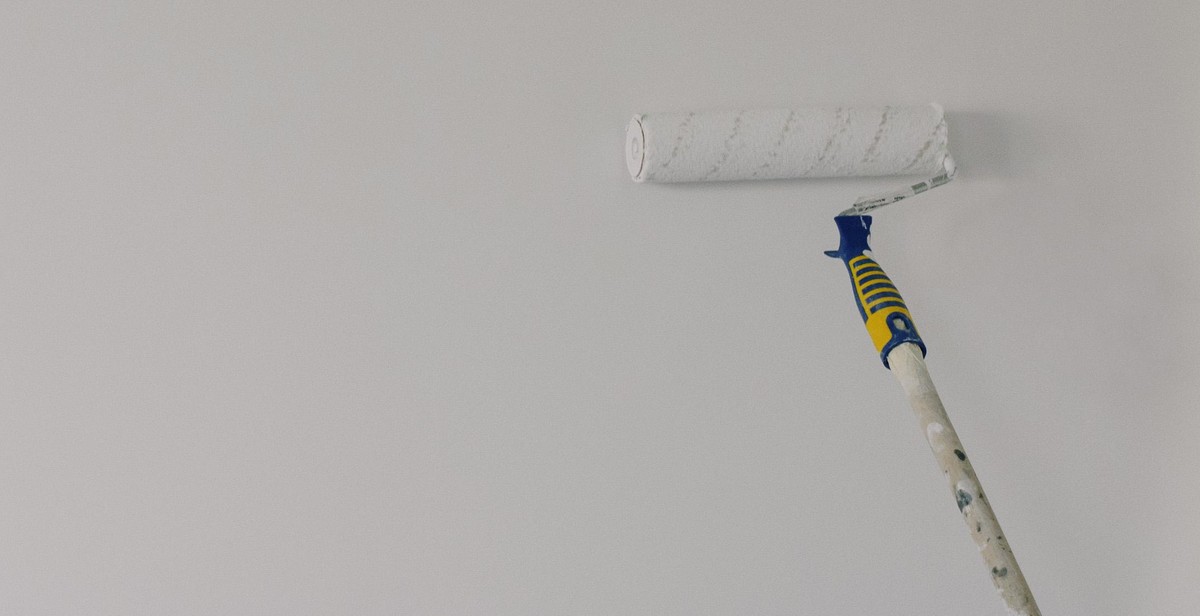
Maintain Your Organization
Organizing your home is not a one-time task. It is an ongoing process that requires consistent effort to maintain. Here are some tips to help you keep your home organized for maximum efficiency:
Stay on Top of Clutter
Clutter can easily accumulate in your home, making it difficult to maintain an organized space. To stay on top of clutter, make it a habit to put things away immediately after use. Have designated storage spaces for items that tend to clutter your home, such as shoes, bags, and mail. Regularly declutter your home by getting rid of items that you no longer need or use.
Regularly Reassess Your Space
As your lifestyle and needs change, so should your home organization. Regularly reassess your space to ensure that it still meets your needs. Consider if there are any areas that need improvement or if there are any items that can be relocated to better serve their purpose.
Make Adjustments as Needed
Don’t be afraid to make adjustments to your home organization system as needed. If you find that a certain method or storage solution is not working, try something else. Experiment with different organizational tools and systems to find what works best for you and your home.
- Stay on top of clutter
- Regularly reassess your space
- Make adjustments as needed
By following these tips, you can maintain an organized home that promotes maximum efficiency and productivity.
